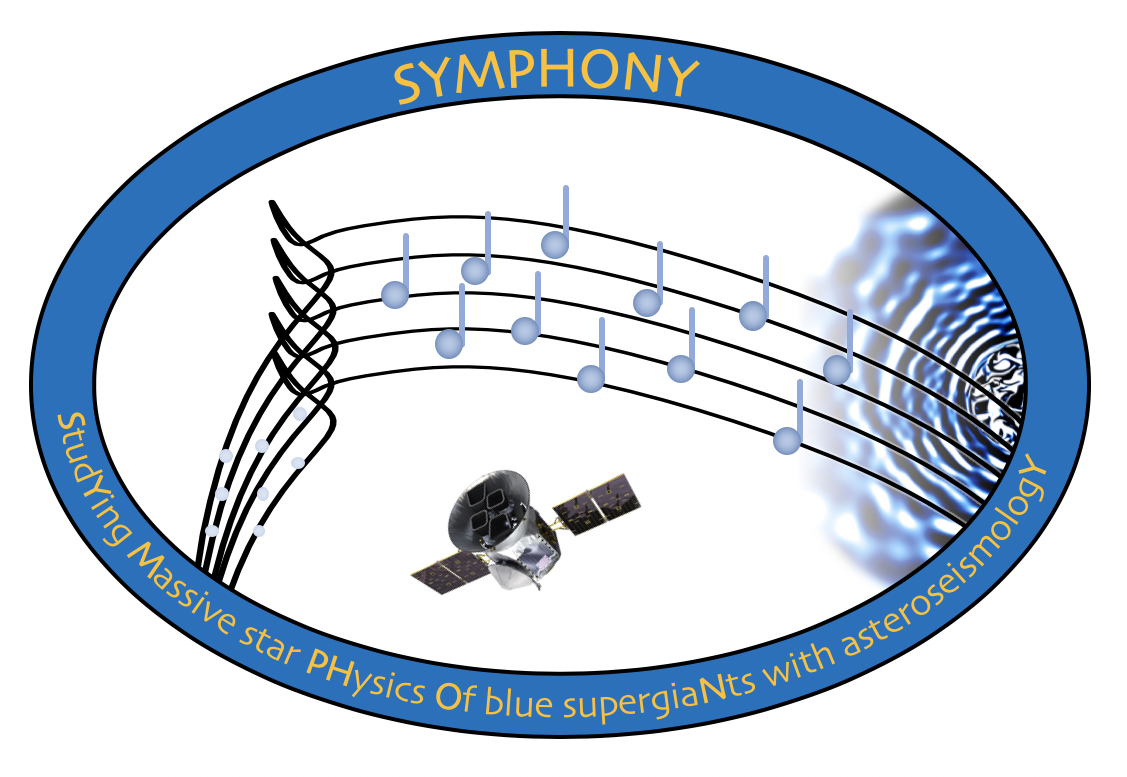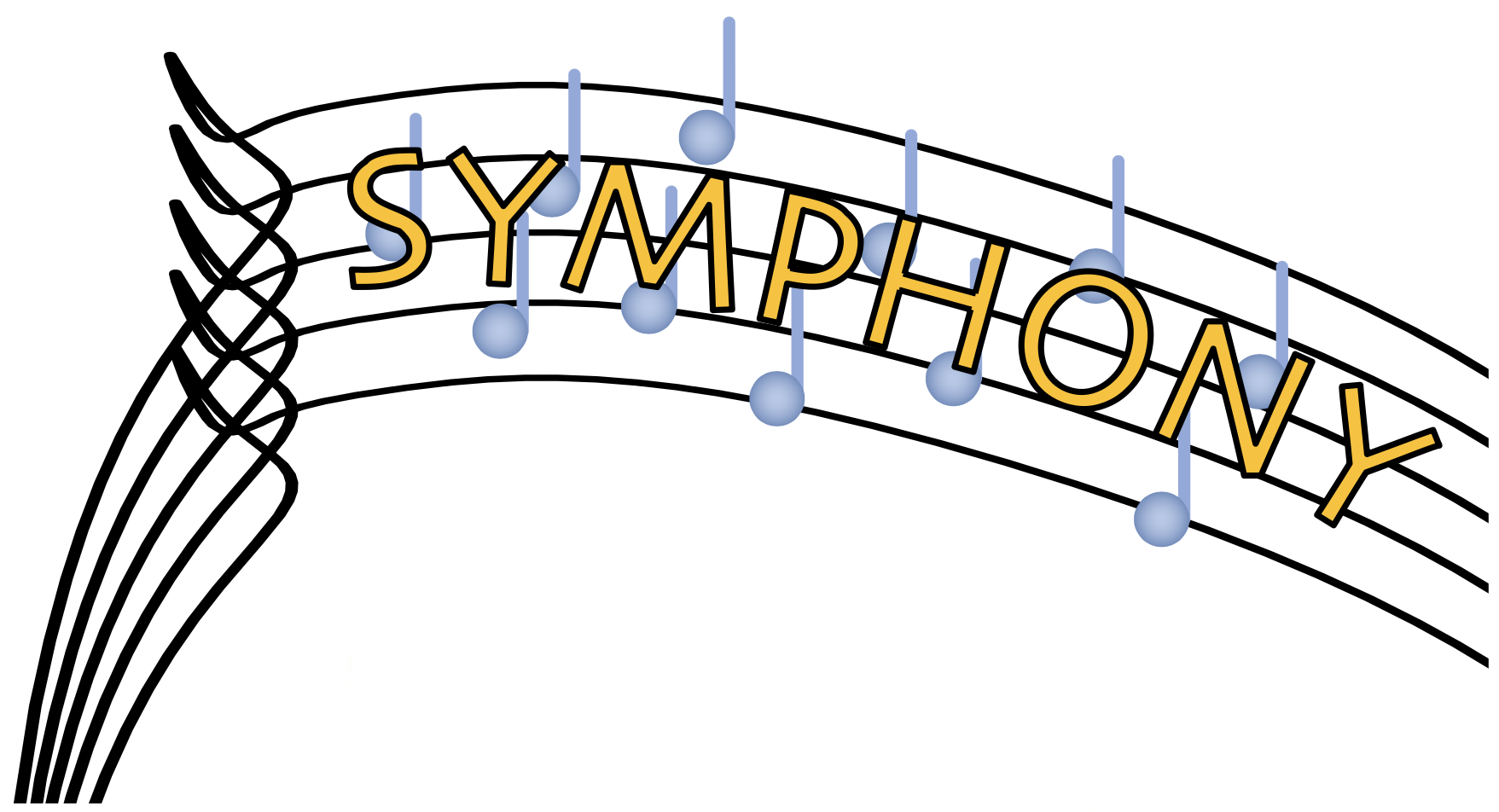About SYMPHONY
The SYMPHONY project is tackling some of the largest open questions in stellar astrophysics, specifically what are the interior physical processes of evolved massive stars known as blue supergiants, and why do they undergo blue loops in the famous Hertzsprung–Russell diagram. The main tool of the SYMPHONY project is asteroseismology, which is the study of stellar oscillations. The comparison of observed stellar pulsations to theoretical predictions provides improved prescriptions and calibrations in our understanding of physics. New important data sets facilitating the SYMPHONY project are the ongoing NASA TESS space telescope, high-resolution ground-based spectroscopic surveys such as with the HERMES/Mercator telescope, and the upcoming ESA/KU Leuven CubeSpec space mission.
The specific objectives and background of the SYMPHONY project can be found in the left-hand sidebar menu options of this webpage.
The SYMPHONY project was originally conceived and awarded funding as an ERC Starting Grant (ERC-StG), but the UK was not associated with the ERC's Horizon Framework at the time. Thus, the SYMPHONY project was awarded equal funding by UK Research and Innovation (UKRI) in the form of a Frontier Research grant under the UK government’s ERC Horizon Europe funding guarantee [grant number EP/Y031059/1].

(c) Image credit: D. Bowman




